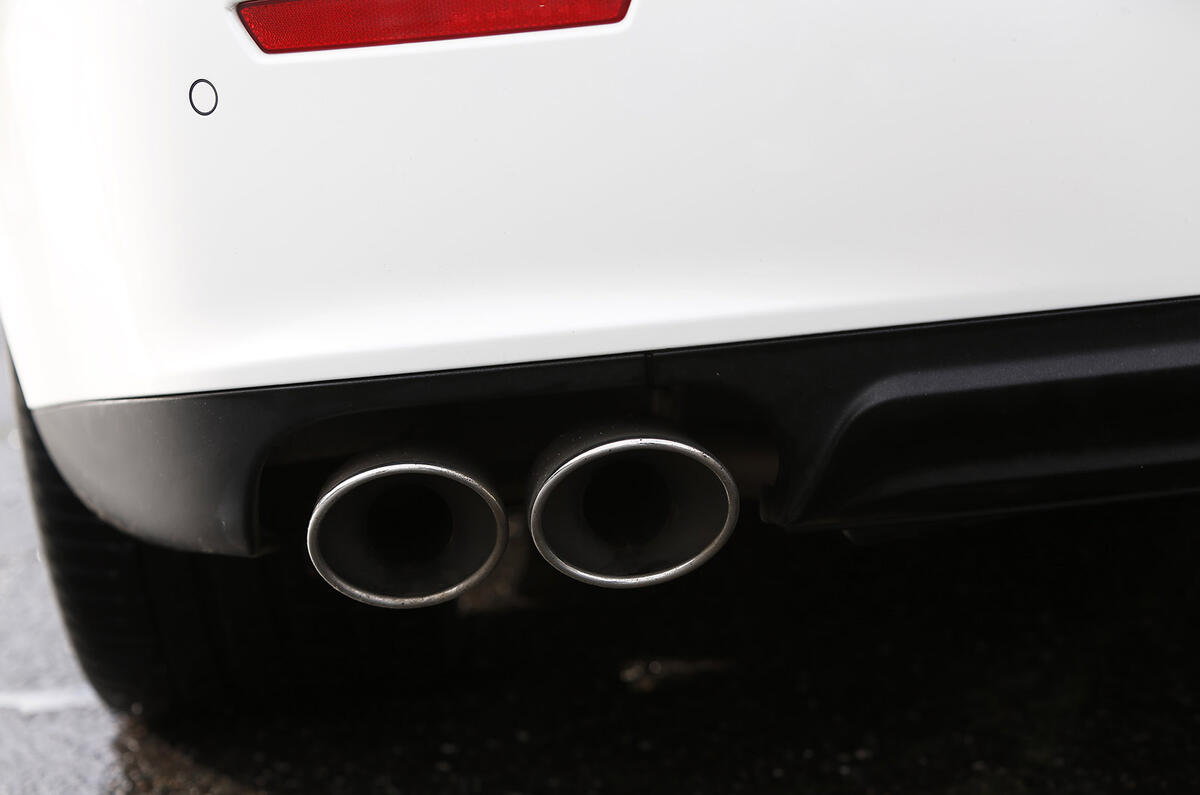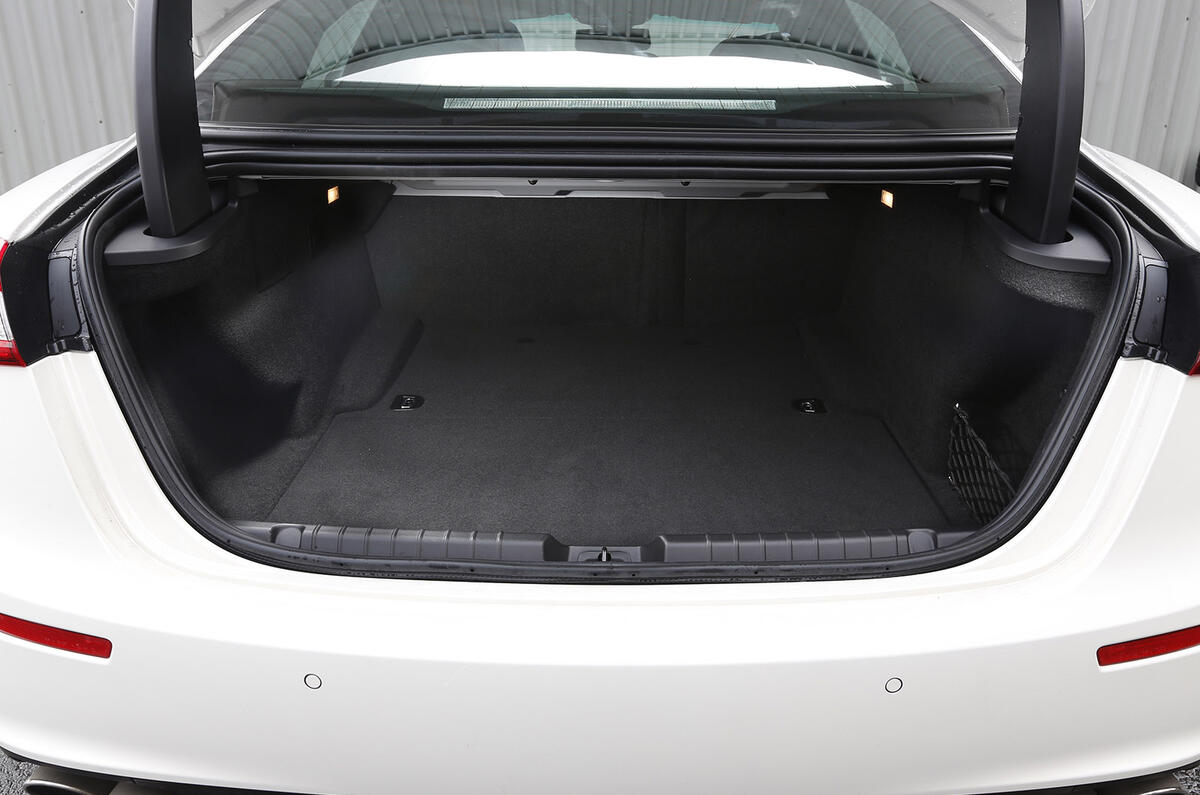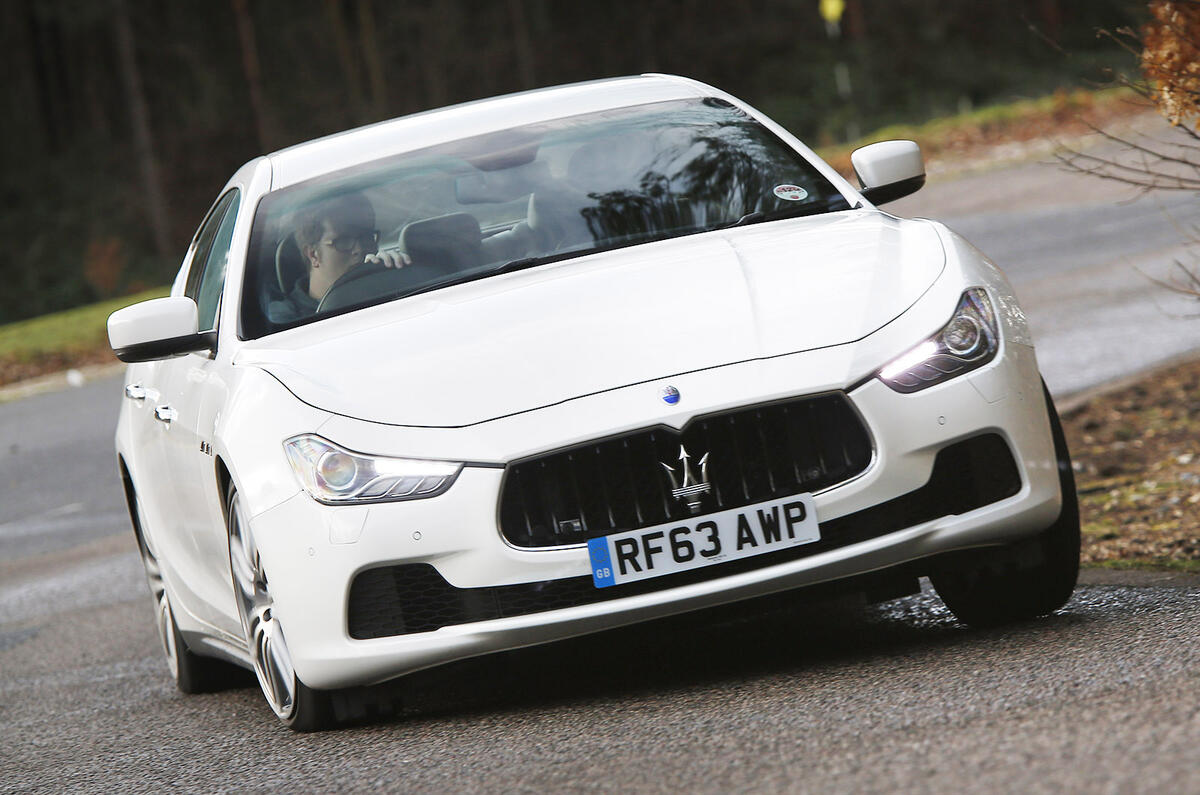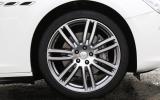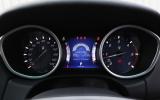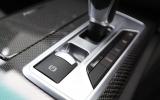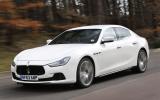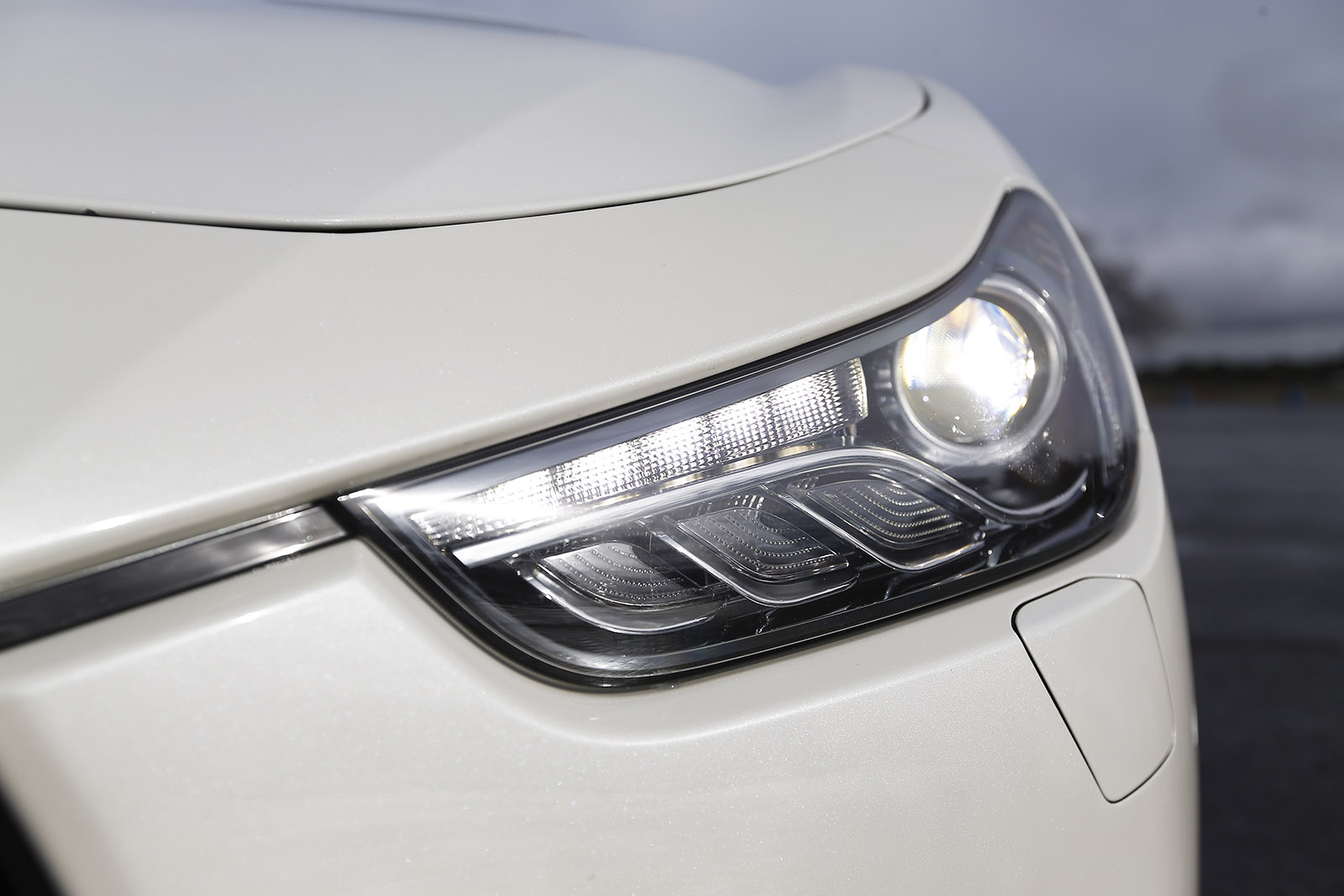An easy route to rousing at least temporary interest in a new car is to describe it as the most important in the history of its maker.
Problem is, if you’re writing a cheque said car can’t cash, soon you’ll find yourself with customers who are not only bored but also disappointed.
There are no such concerns here. The Ghibli is to Maserati what the DB7 was to Aston Martin or the Lotus Elise to Lotus. This car has to take the company from a Stygian mire of minority interest to mainstream respectability.
The quest will be aided by the new Maserati Maserati Quattroporte and further boosted by the Maserati Levante SUV, but for now the Ghibli has to make the difference. And a difference it is making. In 2012 Maserati sold 6000 cars – a tally set against a best-ever year of 9000 cars in 2008. In 2013, that number was 22,500 cars and rose again to 36,448 in 2014. Those figures plateaued in 2015, due to a delay with the long-anticipated Levante SUV, with Maserati confident of hitting their 50,000 target for 2016.
Those who snorted into their coffee at Maserati’s stated intent to shift 75,000 units by 2018 might be feeling they underestimated the desire of customers to own a car with a trident on its nose.
Costing upwards of £49k and available with diesel power, the Ghibli has been attracting attention like no Maserati in history, although this is not the first time the name has appeared in the marque's line-up. In fact, three distinct Ghiblis have been created since 1966.







